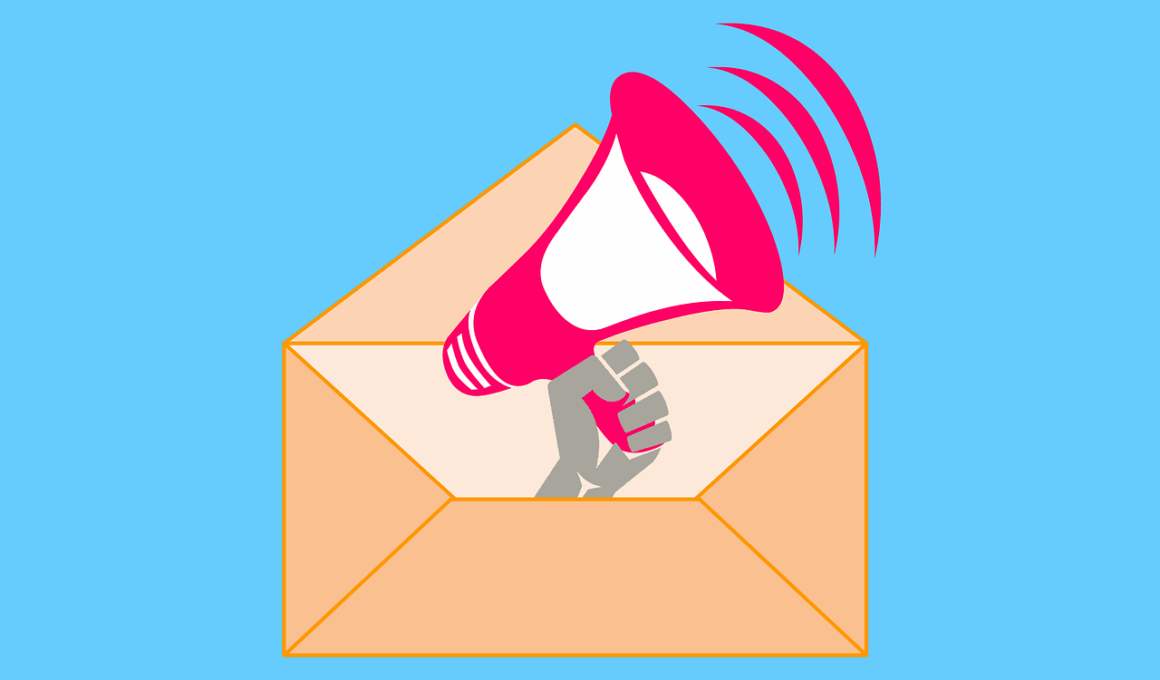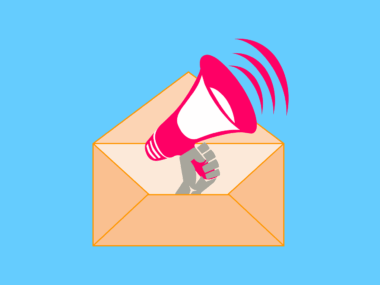How to Build a Targeted Email List from Scratch
Email marketing can be a powerful tool for small businesses seeking to connect with their audience. The first step in effective email marketing is building a targeted email list. Begin by defining your target audience, as this will inform your efforts to collect valuable email addresses. Consider demographics, interests, and purchasing behaviors when creating your ideal customer profile. Once you know your audience, implement strategies that encourage sign-ups. Create a dedicated signup form on your website, making it easy for visitors to subscribe. You might also incentivize subscriptions with offers such as discounts, free resources, or exclusive content. Collaborate with existing customers by asking for referrals and encouraging them to share your mailing list with friends. Additionally, promoting your email list on social media platforms can help reach a wider audience. Utilize engaging visuals and compelling language to attract attention. Make use of tools like Mailchimp or Constant Contact to manage your email list efficiently as you build it.
Strategies for Effective Email List Building
Another effective strategy for building a targeted email list is to leverage lead magnets. A lead magnet is a valuable resource offered in exchange for a visitor’s email address. Examples can include eBooks, whitepapers, or tips relevant to your industry. When promoting your lead magnets, ensure they are relevant and high-quality to attract interest from potential subscribers. Make the signup process simple, requiring only essential information to create less friction and higher conversion rates. Also, consider integrating options to capture emails at various customer touchpoints. For instance, add signup forms on product pages, checkout pages, and pop-up advertisements on your site. Additionally, utilizing social proof can encourage sign-ups. Showcase testimonials or how many people have subscribed to your list. Hosting webinars or online workshops is another excellent way to attract more subscribers. Participants register using their email addresses, helping you grow your list while simultaneously providing them with valuable content and establishing your authority in the field.
Furthermore, maintaining your email list’s quality determines its effectiveness. Regularly clean your list by removing non-engaged subscribers. This improves open and click-through rates and enhances deliverability to inboxes. Inactive subscribers can hurt your reputation with email service providers. Segment your list based on different criteria, such as interests or purchase history, to send more customized emails tailored to each group. Personalization increases engagement and conversion rates while helping you connect deeply with your audience. Regularly engage with your list by sending newsletters or updates. However, avoid overwhelming your subscribers with excessive emails. Establish a consistent schedule for email delivery that keeps subscribers anticipating communication without feeling spammed. Focus on creating value in every email and choose compelling subject lines to encourage opens. A/B testing subject lines, content, and send times can provide insights into what resonates best with your audience. Analyze your email marketing analytics regularly to refine your strategies and improve performance continually.
As you build your email list, comply with laws and regulations, particularly those concerning data protection and privacy, such as GDPR. Ensure subscribers know how their data will be used and provide easy access options for manage preferences or unsubscribing. Trust is vital for a long-term relationship with your subscribers, so handling their data responsibly is essential. Additionally, using double opt-in can secure genuine sign-ups. By confirming their subscriptions through a follow-up email, you validate the interest of recipients, leading to a more committed audience. Clearly communicate the benefits of subscribing to your list, emphasizing valuable content and exclusive offers. Consider showcasing testimonials from current subscribers to build credibility and trust. It will create an enticing invitation for others to join your list and experience similar benefits. Lastly, monitor your email deliverability rates closely to ensure that emails reach their intended targets. High bounce rates may indicate issues with your list quality, which needs addressing to maintain a healthy email database.
Engagement and Retention Strategies
Once you have built a targeted email list, retaining subscribers becomes a priority. The key is delivering consistent and engaging content. Create quality emails that provide value to your subscribers and cater to their interests and needs. The more relevant your content, the more likely subscribers will remain engaged. Consider sharing informative blog posts, industry insights, or exclusive offers as part of your email content. Utilize visual elements to make your emails more appealing and understandably easy to skim. Personalization can significantly enhance your email campaigns, making your audience feel valued. Use their names in the greeting and tailor content based on their previous interactions. Interactive content like polls and feedback requests can further drive engagement. Encourage two-way communication by inviting subscribers to share their thoughts, opinions, or experiences in response to your emails. This fosters a sense of community and strengthens relationships with your audience. Lastly, continuously seek improved strategies and adapt based on feedback to keep your email marketing fresh and effective. Regularly assess your email performance metrics for insights that can drive higher engagement.
Additionally, consider implementing a loyalty program to encourage continued engagement. Reward loyal subscribers with exclusive deals, special content, or early access to products or services. This incentivizes subscribers to remain engaged and increases their lifetime value. Always re-evaluate your email strategies to account for changes in your business or industry trends. Staying relevant is crucial for maintaining a healthy relationship with your audience. Incorporate seasonal promotions and relevant updates that reflect your audience’s current interests and aspirations. Also, ensure your responsive design allows emails to render well on various devices, such as smartphones and tablets. With increased mobile email reads, optimizing for mobile ensures readers can access your content efficiently. Regularly test how your emails appear on different devices and email clients to improve user experience. Use engaging visuals and concise text to enhance the reading experience. Focusing on maintaining a professional and polished appearance throughout your emails will reinforce your brand’s identity and credibility.
Finally, track the success of your email marketing efforts to refine your strategies continuously. Set clear goals for your campaigns, such as target open rates and click-through rates. Analyze subscriber behavior to improve future campaigns, allowing your email marketing to evolve effectively. Consider tools that automate reporting, making tracking easier and more efficient. Implement strategies to re-engage inactive subscribers through targeted campaigns, offering incentives or refreshing content to encourage interaction. Experiment with different sending frequencies and timings to identify what works best for your audience and their behaviors. A trial and error approach will reveal ideal communication patterns that resonate with subscribers. Remember to celebrate your successes, even small wins, to encourage continuous improvement. Finally, sharing insights with your team will help foster collaboration and innovation, leading to more effective email campaigns in the future. Keeping your audience at the center of your email marketing strategy will lead to a more engaged, loyal, and growing email list.





